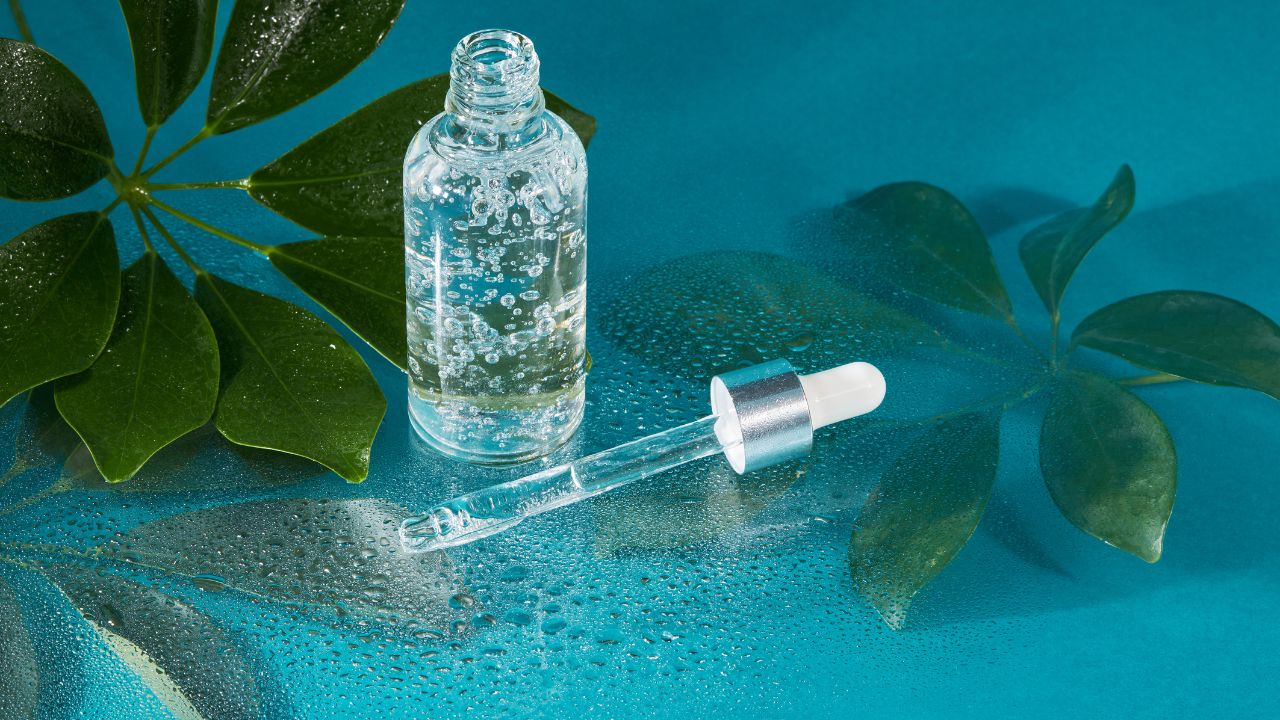The significance of peptide purity cannot be overstated due to the advancements in peptide synthesis and the increasing demand for customized peptides in scientific research. As the production of synthetic peptides expands, it becomes crucial to implement efficient purification technologies to ensure high-quality peptides are delivered to consumers.
Peptides are complex molecules, and their intricate nature often makes traditional organic chemical purification methods ineffective. Therefore, careful attention must be given throughout the synthesis process to optimize efficiency and output, providing customers with the cleanest peptides at a reasonable cost. While crystallization-based purification methods are effective for other substances, peptide purification predominantly relies on chromatographic principles, such as reverse phase chromatography.
Peptide purity can be determined through HPLC (High-Performance Liquid Chromatography) and Mass Spectrometry (MS). HPLC is a precise method for separating, identifying, and quantifying individual components within a mixture, making it an ideal technique for accurate peptide testing. Mass spectrometry, on the other hand, measures the mass-to-charge ratio of ionized chemical entities in a sample, providing valuable information about the purity and identification of the peptides.
The peptide purification process should strive for simplicity while achieving the desired level of purity. Sequential use of two or more purification methods, particularly when employing different chromatographic principles at each step, can yield exceptional results. For example, combining ion exchange chromatography with reversed-phase chromatography can produce an end product of exceptionally high purity.
Typically, the initial phase of peptide purification involves a capture step that removes the majority of contaminants from the synthesized peptide mixture. Many of these contaminants are generated during the final deprotection stage of peptide synthesis and are typically neutral and low in molecular weight. While this initial purification step can eliminate a significant proportion of contaminants, a secondary purification step, known as polishing, can be performed to achieve even higher purity levels. Polishing, when used in conjunction with the aforementioned chromatographic approach, can be highly effective.
The quality of peptide preparations can vary among suppliers. In general, higher peptide purity levels indicate superior quality, although the minimum purity required for a specific application may vary.
For some purposes, such as clinical trials, in vitro and in vivo research, pharmaceutical studies, crystallography, cosmetic peptides, monoclonal antibody synthesis, and quantitative receptor-ligand interaction research, peptides with greater than 95% purity are necessary.
Middle-level purity (86% to 95%) may suffice for peptide blocking studies, phosphorylation studies, cell attachment research, NMR research, epitope mapping experiments, and semi-quantitative investigations of enzyme-substrate interactions.
Lower-level purity (70% to 85%) may be acceptable for ELISA standards, peptide arrays, antigens for polyclonal antibody generation or affinity purification, and certain screening assays.
Maintaining high peptide purity levels ensures the reliability and accuracy of research outcomes and supports the diverse needs of various scientific applications.

